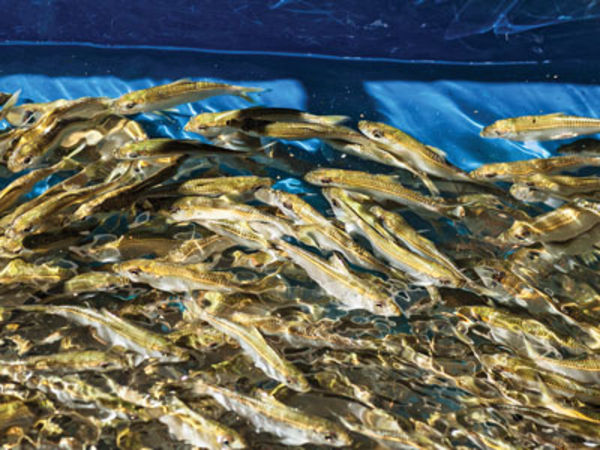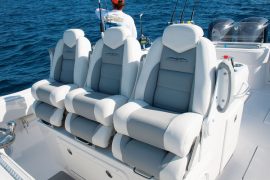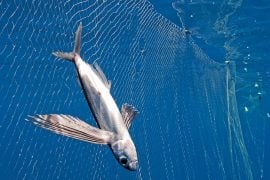Guides, tournament contestants and inshore anglers who depend on lively bait or must bring their catch alive to the weigh-in can’t afford to take chances.
For them, modifying a boat’s livewell system to inject more oxygen is a must. But a better understanding of biology and a little customizing let anyone benefit from an upgraded aeration system.
Aeration Variations
“There are several factors that come into play for an effective livewell system,” says Capt. Mark Benson of Orlando, Florida, who worked for 14 years as an analyst for Pentair Aquatic Eco-Systems, a leading aquaculture supplier, before becoming a guide. “Fish excrete ammonia through their waste, skin and breathing. Different species also use oxygen at different levels. For instance, a redfish you hold in the well for a tournament weigh-in requires less oxygen than a full load of delicate, fast-swimming pilchards.” The frisky baitfish doing laps in the livewell have faster metabolisms than the considerably larger red with restricted mobility.
“A livewell system is based on biomass (how many pounds of fish it holds). It must satisfy the oxygen demands and flush out the ammonia buildup,” Benson adds. An air bubble only transfers so much oxygen to the water, he says. The percentage increases with water depth, since molecules have more time to separate while rising to the surface.
Temp Factor
Water temperature is another important factor. Warmer water holds less oxygen and also speeds up a fish’s metabolism, limiting the capacity of a livewell. But too many big bubbles or too much water pressure is not helpful either, since the oxygen molecules collide and don’t dissipate as much.
Baits forced to constantly fight a strong flow are more stressed and use more oxygen. Instead, it’s better to constantly replace the water in the well with fresh, cool seawater — to reduce the ammonia and lower the temperature — and inject small bubbles that add oxygen more efficiently.
Recirc Mode
Shrimp, crabs and less-active baitfish, like finger mullet, pinfish and mud minnows (killifish), use little oxygen, so most stock livewell pumps are adequate. If you carry large numbers of pilchards or sardines, however, or compete in live-release-format tournaments, you better opt for pumps with flow capacities of 750 gph or greater.
And always fill the well with the same seawater from where the bait was taken. If the water is hot or nasty, it pays to have a recirculating mode in your aeration system so you can switch to it until cooler,…





